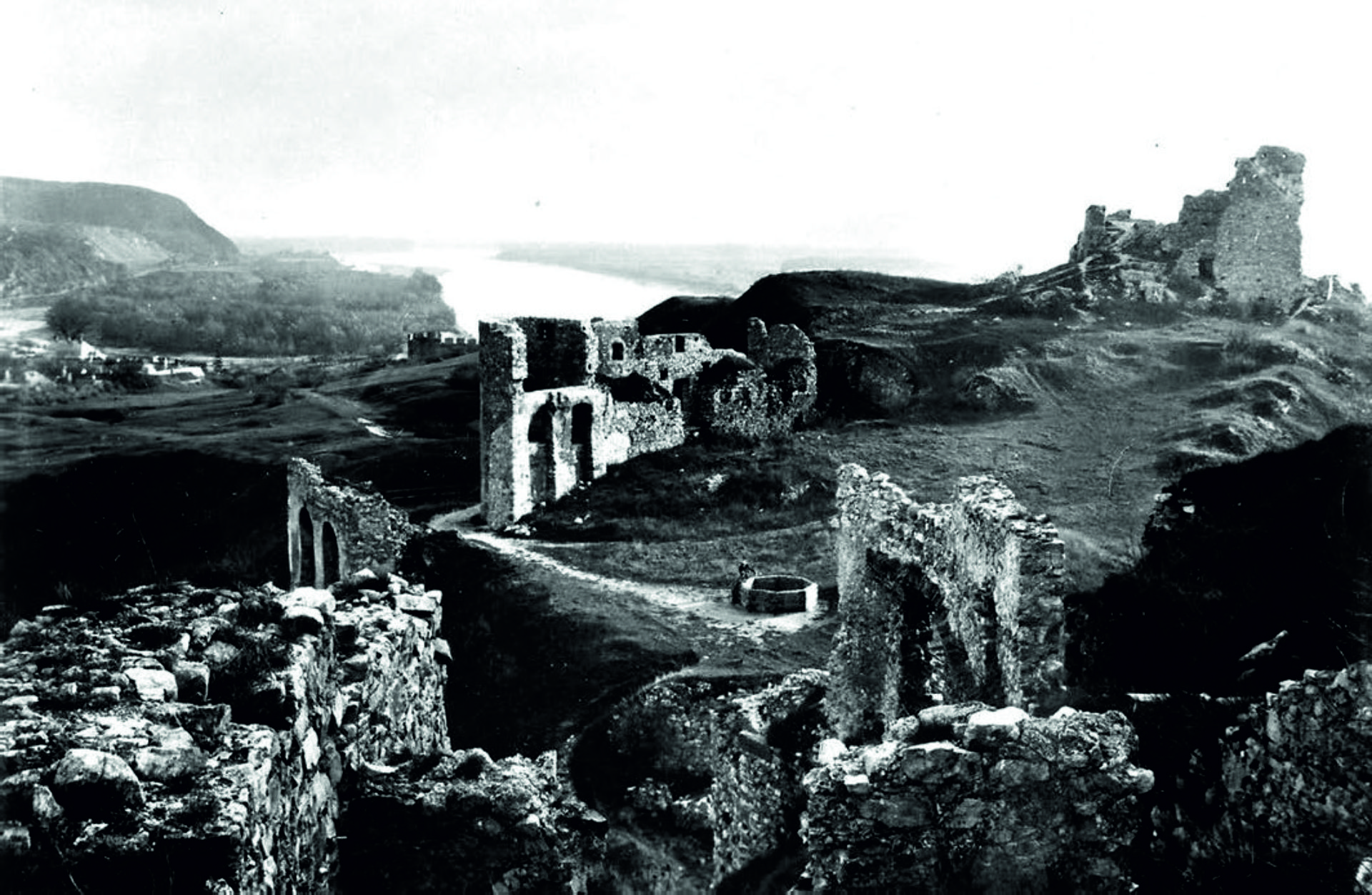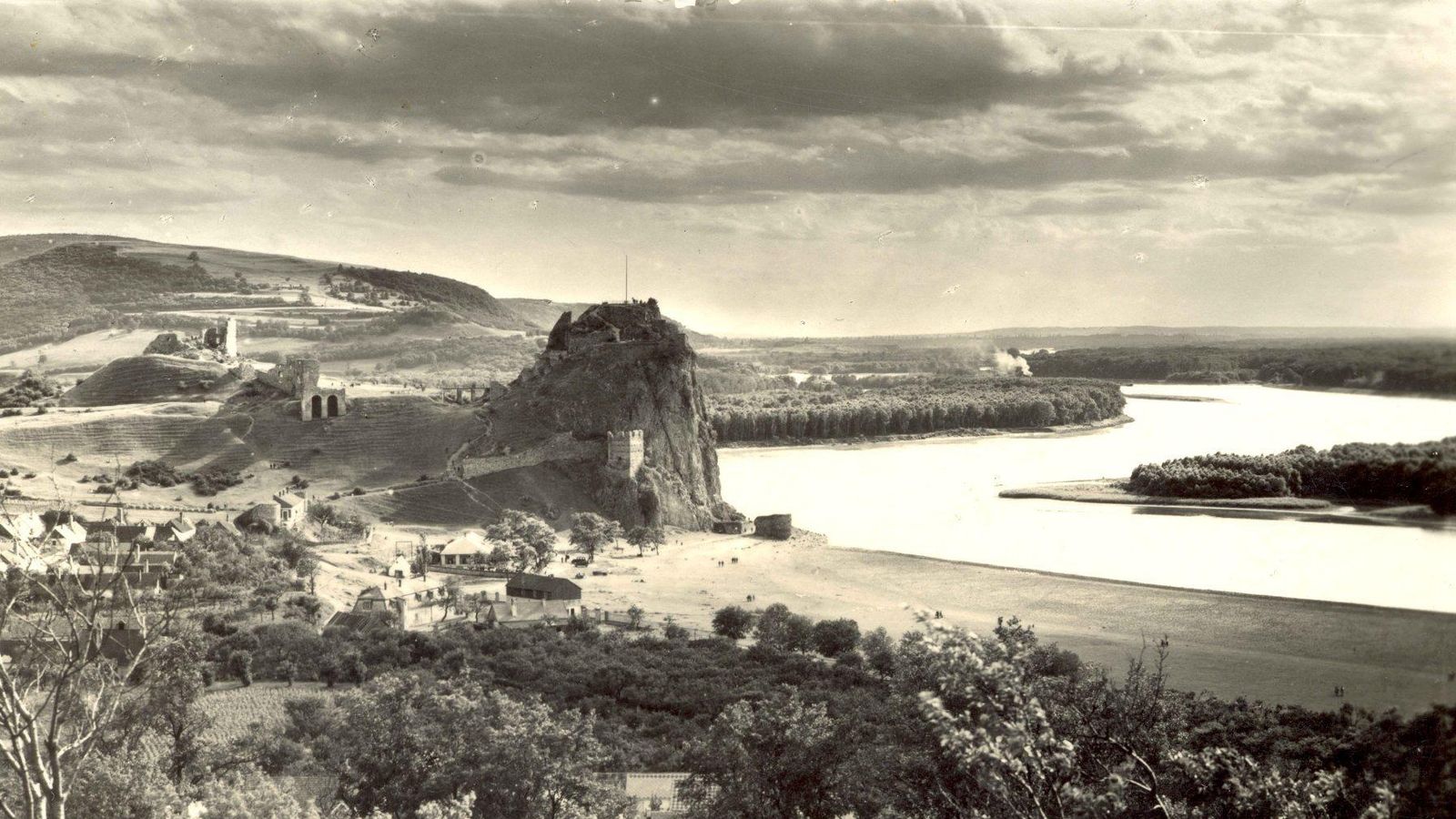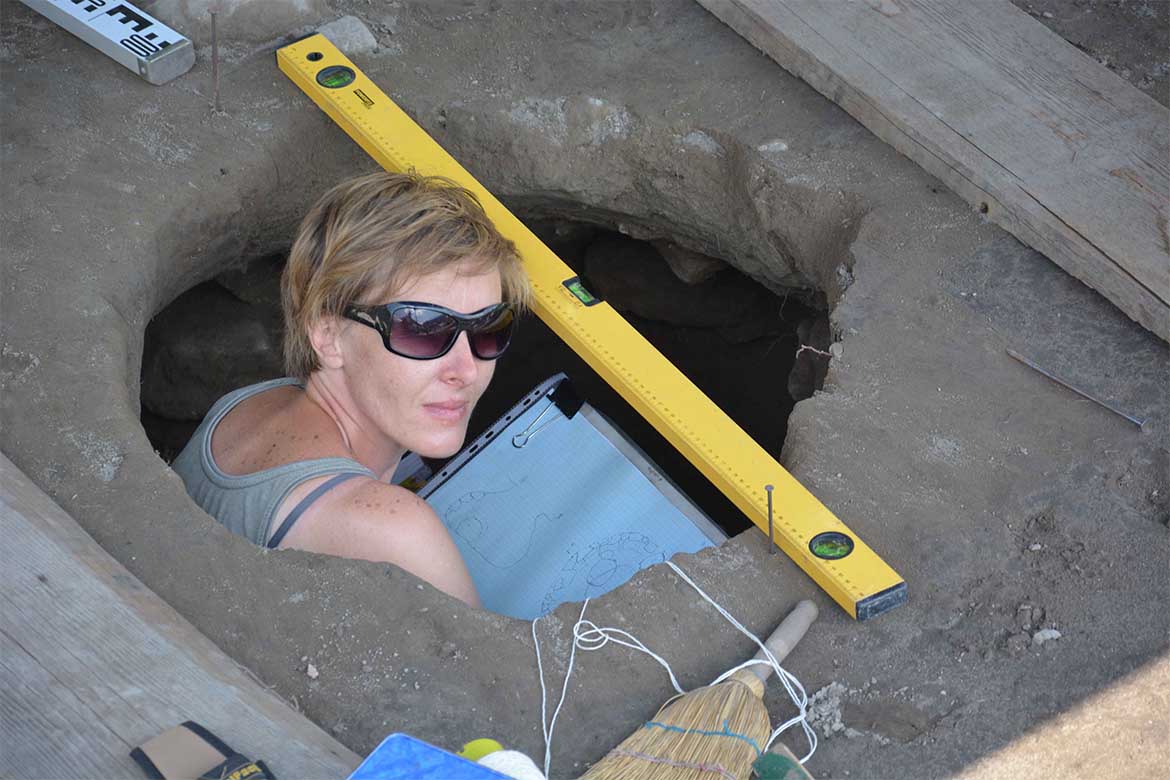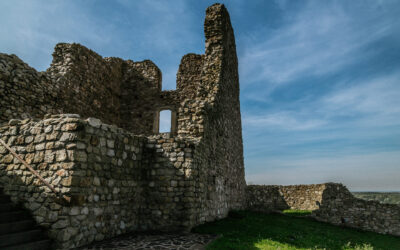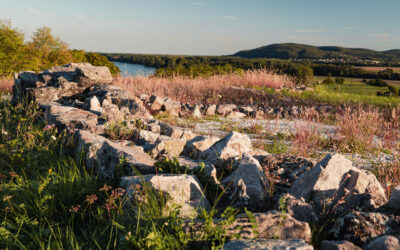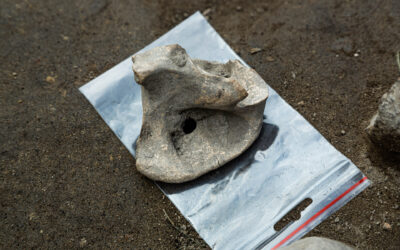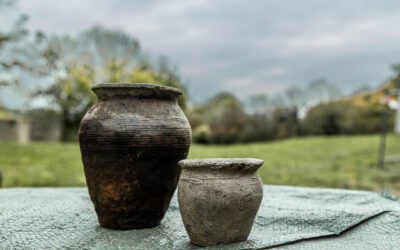Research history

The archaeological research in Devín started exactly 110 years ago, in 1913. It was slowed down by several breaks, but it is still one of the oldest and longest archaeological researches in Slovakia, during which many important findings were discovered.
The oldest inspiration for the initial archaeological research were traditions of Great Moravia, especially the search for Dowina, a prince Rastislav’s castle. It is mentioned in the report of 864 of the Annals of Fulda, the Mayence amendment by Meginhard.
Josef Zavadil, a high governmental officer in the Supreme Accounting Court in Vienna keen on history, and the experienced archaeologist Inocent Ladislav Červinka were the first researchers who started their research in the castle. However, they did not succeed in performing the extensive planned research due to World War I. The works were performed in September 1913 only, but the very first results were characterized by Červinka as sensational: “My old presumptions and dreams became true. The very first test digging in Devín shows with absolute certainty that a huge walled town from the era of the Great Moravian Empire is really concerned here. We have found plenty of fragments with bending lines, iron weapons and tools, piles of unburned timbers.” Červinka was also making excavations after the end of World War I, but he was in big trouble with obtaining funds.
Moreover, his effort was followed by the critique from Emanuel Šimek saying that Červinka was digging too eagerly with the intent to find artefacts from Great Moravia at the expense of a systematic research of the older and different cultural layers; other experts were trying to remedy this in the next decades.


A significant part of the field researches in the last 60 years bears the thumbprint of the archaeologist Veronika Plachá. It was her activities thanks to which sacred architecture in the building called cella memoriae (found in 1975) was recognized as well as most of the Roman buildings were uncovered. For example, the finding of the oldest Roman red pottery type terra sigillata from the territory of Slovakia comes from Devín. It is a unique discovery in the territory of the entire middle Danube River.

A significant part of the field researches in the last 60 years bears the thumbprint of the archaeologist Veronika Plachá. It was her activities thanks to which sacred architecture in the building called cella memoriae (found in 1975) was recognized as well as most of the Roman buildings were uncovered. For example, the finding of the oldest Roman red pottery type terra sigillata from the territory of Slovakia comes from Devín. It is a unique discovery in the territory of the entire middle Danube River.

Veronika Plachá also significantly contributed to the discovery of secrets of the Celtic settlement structures. Even just the Celtic settlement made its very significant mark in the history of the Devín rock. The archaeological teams succeeded in discovering well-preserved remains of dwellings and workshops of the original oppidum under younger layers in the large area of the castle hill, but also in the current Bratislava city part Devín. The oppidum together with the central seat in Bratislava and fortification in Braunsberg represented a great centre of the Boii power at the Danube River.
Devín had strategic position in this agglomeration. This indicates the reason why La Tene citizens stayed there until the Roman Empire, even until the period shortly before the arrival of a new German ethnic group settling in the western part of current Slovakia and Lower Austria. The end of the Celtic chapter of the Devín history is documented by archaeological findings of buildings destroyed by fire with preserved ceramic equipment and both human and animal remains discovered in the Lower Castle between 1978 and 1980.
Text author: Andrej Barát
More about research history
The varied geological composition was also shown at the construction of the castle.
Despite its relatively small area (circa 500 x 280 metres), the Devín Castle hill has surprisingly rich geological composition demonstrated in a variety of stones used by the constructors in various periods for building the walls and defence, residential, and farm...
Remains of the original Roman castle were destroyed by the Millennium Monument the removal of which has led to new discoveries.
How could the oldest part of the medieval Devín Castle – the residential tower built on the top of the rock cliff above the confluence of the Danube and Morava rivers – look like? The comprehensive construction-historical as well as the archaeological research on the...
Mixed bones as well as nations
An interesting story is behind the skeletal findings uncovered in Devín by the archaeologist Inocent Ladislav Červinka in 1991 and 1992. A church cemetery from the 10th to 13th century was discovered there. The deceased were laying tightly next to one another with...
What are we told by Devín about the lives and traditions of Slavs?
Foundations of the Great Moravian Church of the 9th century belonged to the unique findings in Devín. Three arches – apses – are connected to the main nave which is divided by three partition walls onto other premises – hallway, sanctuary, and one more area almost...
